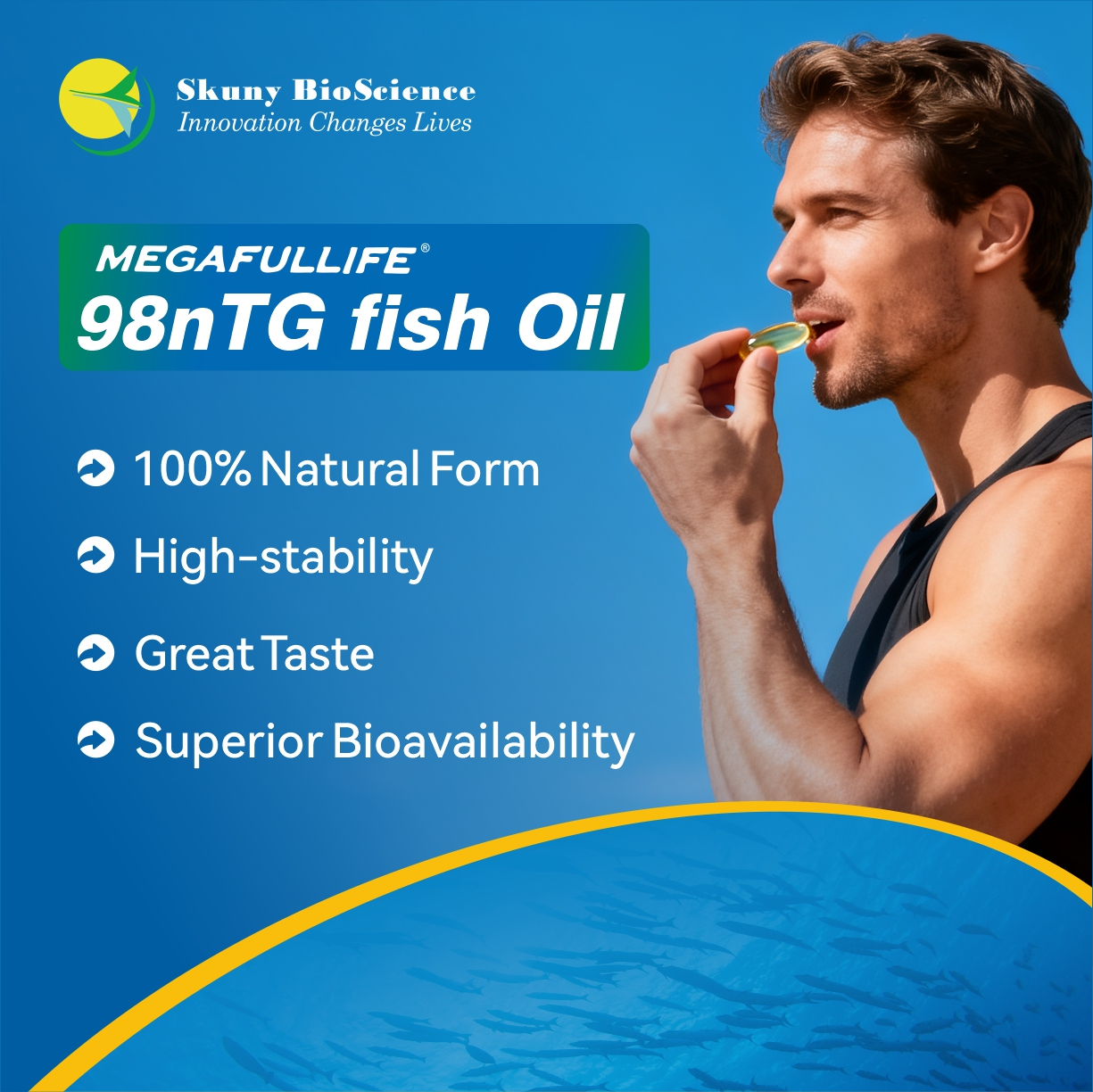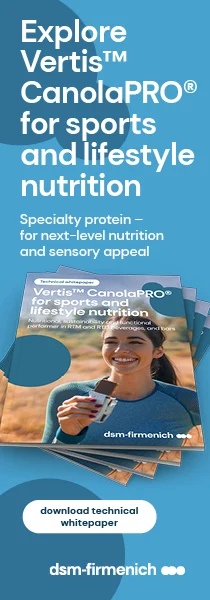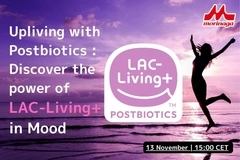Study: Edible Flowers May Inhibit Chronic Diseases
22 Apr 2014 --- A new study in the Journal of Food Science, published by the Institute of Food Technologists (IFT), found that common edible flowers in China are rich in phenolics and have excellent antioxidant capacity. Edible flowers, which have been used in the culinary arts in China for centuries, are receiving renewed interest.
Flowers can be used as an essential ingredient in a recipe, provide seasoning to a dish, or simply be used as a garnish. Some of these flowers contain phenolics that have been correlated with anti-inflammatory activity and a reduced risk of cardiovascular disease and certain cancers.
The findings of this study show that common edible flowers have the potential to be used as an additive in food to prevent chronic disease, help health promotion and prevent food oxidization. However, the antioxidant mechanisms, the anti-tumor, anti-inflammation and anti-aging activity of the edible flower extracts should be further studied to develop more applications as natural antioxidants.

The free and bound phenolic compounds in 10 common Chinese edible flowers were investigated using reversed phase high-performance liquid chromatography. Their antioxidant capacities were evaluated using 2,2-diphenyl-1-picrylhydrazyl (DPPH) radical-scavenging activity, 2,2'-azino-bis(3-ethylbenzothiazoline-6-sulphonic acid) (ABTS) radical-scavenging activity, oxygen radical absorption capacity (ORAC), ferric reducing antioxidant power (FRAP), and cellular antioxidant activity (CAA). Free factions were more prominent in phenolic content and antioxidant capacity than bound fractions. Paeonia suffruticosa and Flos lonicerae showed the highest total phenolic content (TPC) 235.5 mg chlorogenic acid equivalents/g of dry weight and total flavonoid content 89.38 mg rutin equivalents/g of dry weight. The major phenolic compounds identified were gallic acid, chlorogenic acid, and rutin. P. suffruticosa had the highest antioxidant capacity in the DPPH, ABTS, and ORAC assays, which were 1028, 2065, 990 μmol Trolox equivalents/g of dry weight, respectively, whereas Rosa chinensis had the highest FRAP value (2645 μmol Fe2+ equivalents /g of dry weight). The P. suffruticosa soluble phenolics had the highest CAA, with the median effective dose (EC50) 26.7 and 153 μmol quercetin equivalents/100 g of dry weight in the phosphate buffered saline (PBS) and no PBS wash protocol, respectively. TPC was strongly correlated with antioxidant capacity (R = 0.8443 to 0.9978, P < 0.01), which indicated that phenolics were the major contributors to the antioxidant activity of the selected edible flowers.
This study indicates that the 10 edible flowers in China are rich sources of phytochemicals, with high levels of phenolic compounds and antioxidant capacity. This study not only provides useful information about the health benefit of edible flowers for consumers, but also encourages researchers to utilize edible flowers as sources of phytochemicals. In addition, the flower extracts are potential to be used as addictive in food to prevent the chronic disease, help the health promotion, and prevent the food oxidization.
















